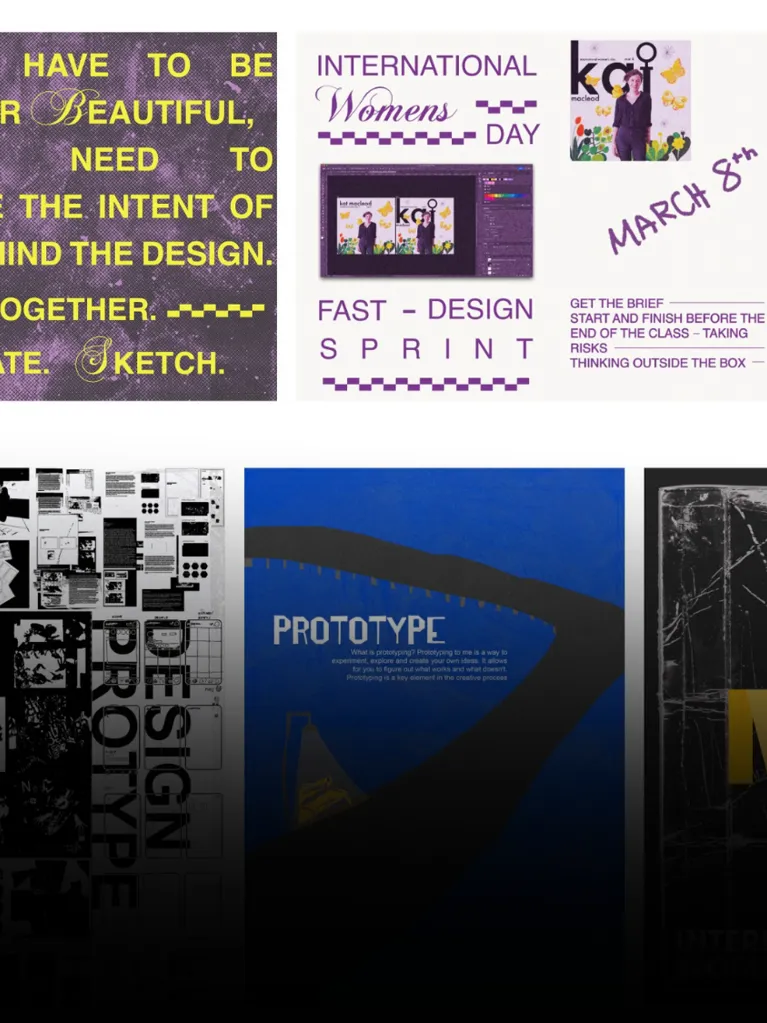Technology is moving fast and society is changing with it. If you’re passionate about all things visual and the impact design has on people and culture, this course is for you.
At the Diploma level, explore the fundamentals of graphic design and the technical skills required to create aesthetically appealing messaging. Then delve into the design process, from research, ideation, sketching and prototyping, to implementation and watch your work come to life.
Removed from traditional classroom learning, you’ll enjoy working within a design-studio environment. Tackle creative briefs, sketch ideas on paper and create quick prototypes for testing with a realized digital outcome. Learn the processes involved with creating compelling user experiences, and utilize different tools and tech to help you make it.
Why Study Design at JMC?
Technology & Facilities
At JMC, design is our passion. Our classrooms are equipped with cutting-edge technology, always in sync with the latest industry standards and software advancements. From your very first day, you'll experience classes in studio-like settings, complete with an array of tools at your disposal. This includes Wacom or XP Pen graphics tablets, HTC Vive VR technology, 3D printers, and DSLR cameras, providing ample opportunities for creative experimentation and design. Additionally, we offer a complimentary Adobe Creative Cloud license for your personal computer, granting full access to Adobe's suite of applications and software, such as Photoshop, Illustrator, and After Effects.
When undertaken full-time, the Diploma of Design (Visual Communication) can be completed in just 8 months (2 trimesters).
Flexible part-time options are available.
Course Structure
The Diploma of Design (Visual Communication) makes up the first 2 trimesters of the Design Bachelor's degree. At the successful completion of 2 trimesters, our modular and integrated course structure lets you graduate with an officially recognised diploma or continue seamlessly towards the industry standard Bachelor of Design (Visual Communication) degree.























